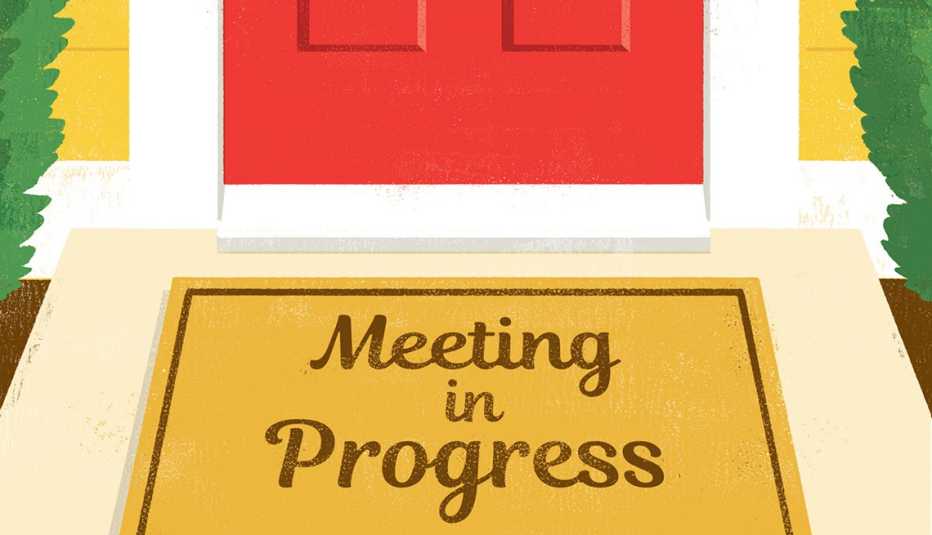Staying Fit
Nearly 3.2 million laid-off workers applied for unemployment benefits last week as the business shutdowns caused by the viral outbreak deepened the worst U.S. economic catastrophe in decades.
Roughly 33.5 million people have now filed for jobless aid in the seven weeks since the coronavirus began forcing millions of companies to close their doors and slash their workforces. That is the equivalent of 1 in 5 Americans who had been employed back in February, when the unemployment rate had reached a 50-year low of just 3.5 percent.


AARP Membership— $12 for your first year when you sign up for Automatic Renewal
Get instant access to members-only products and hundreds of discounts, a free second membership, and a subscription to AARP the Magazine.
The Labor Department's report Thursday suggests that layoffs, while still breathtakingly high, are steadily declining, after sharp spikes in late March and early April. Initial claims for unemployment aid have now fallen for five straight weeks, from a peak of nearly 6.9 million during the week that ended March 28.
Applications for jobless aid rose in just six states last week, including Maine, New Jersey and Oklahoma, and declined in the 44 others.
The report showed that 22.7 million people are now receiving unemployment aid — a rough measure of job losses since the shutdowns began. That figure lags a week behind the figures for first-time unemployment applications. And not everyone who applies for jobless aid is approved. The number of laid-off workers receiving aid is now equal to 15.5 percent of the workforce that is eligible for unemployment benefits.
Those figures are a rough proxy for the job losses and for the unemployment rate that will be released Friday, which will likely be the worst since modern record-keeping began after World War II. The unemployment rate is forecast to reach 16 percent, the highest rate since the Great Depression, and economists estimate that 21 million jobs were lost last month. If so, it would mean that nearly all the job growth in the 11 years since the Great Recession ended has vanished in a single month.


































































